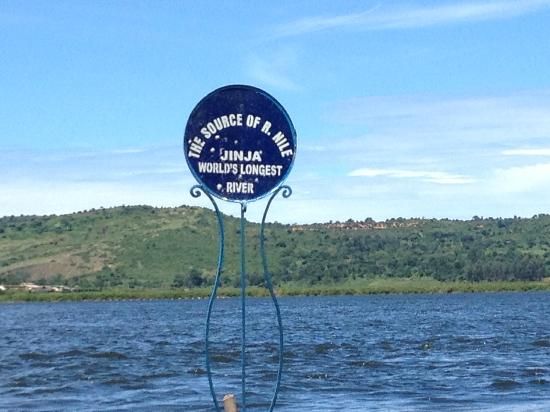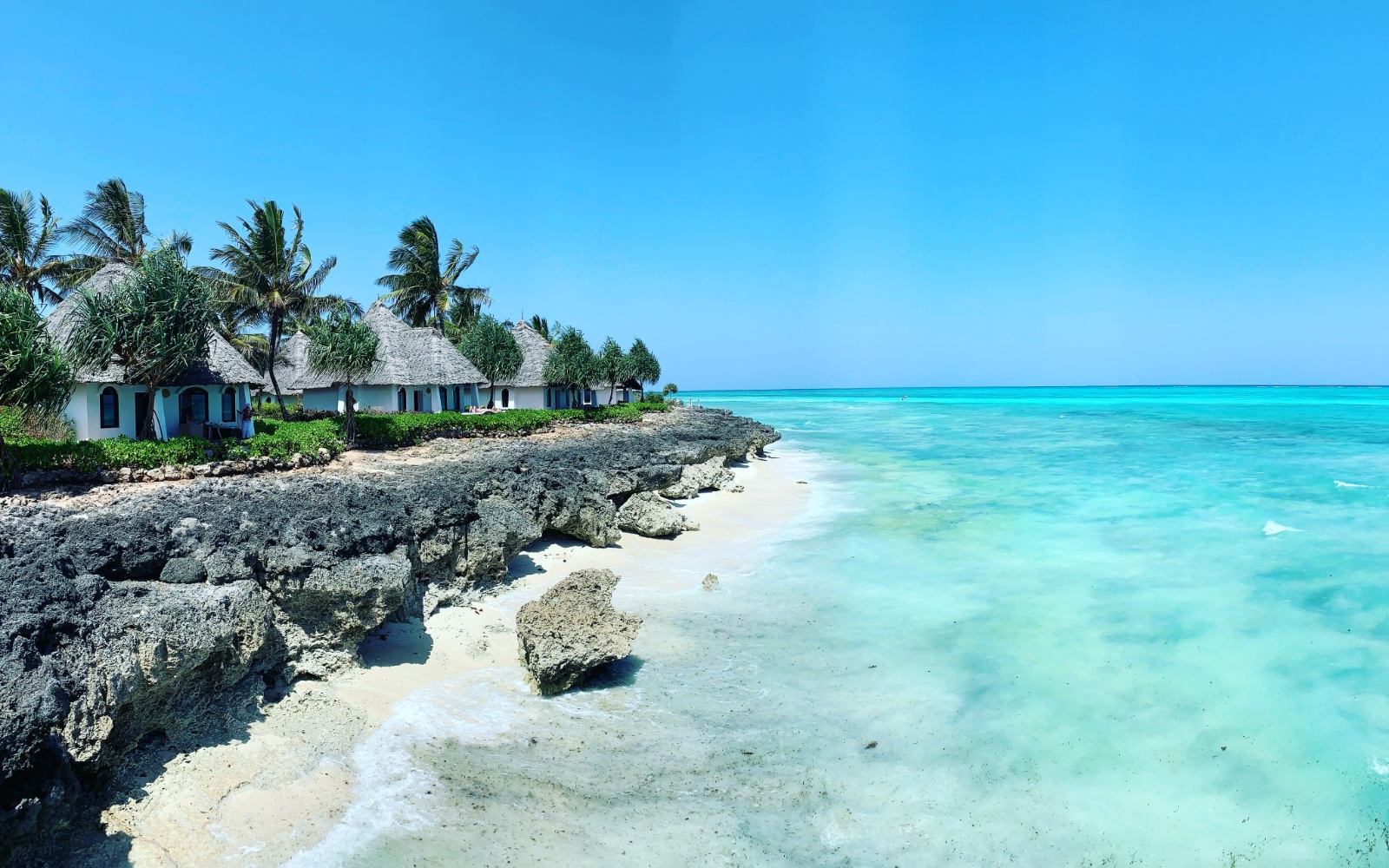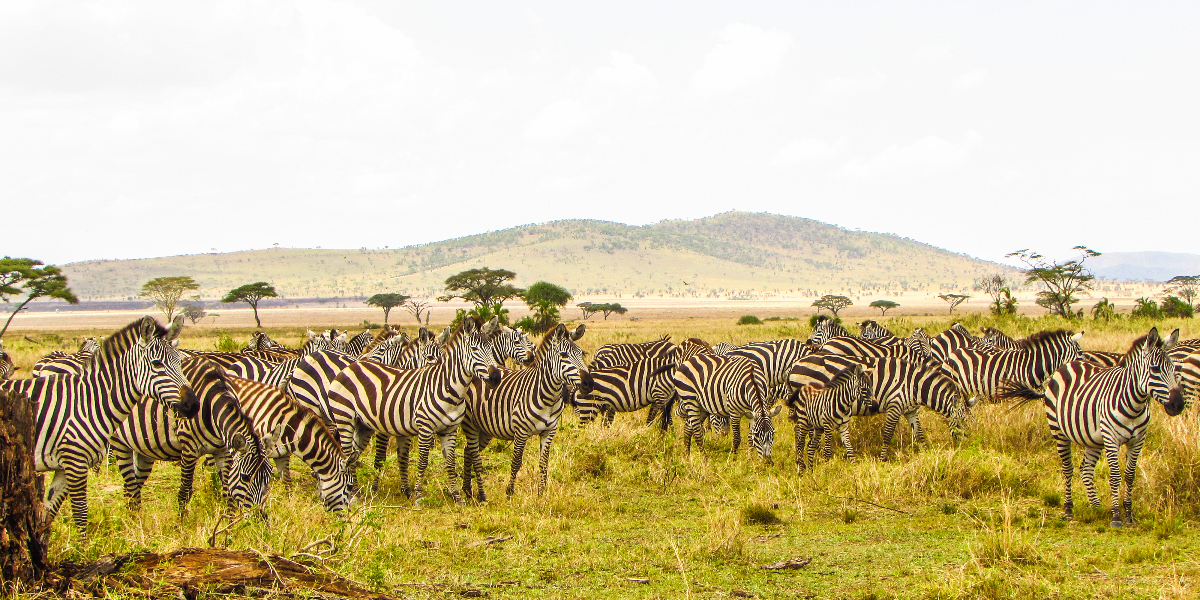Embark on an African adventure like never before as we unveil the top 7 best…

Sauce Of The River Nile
Sauce Of The River Nile introduction
Sauce Of The River Nile: The Nile, that great and storied river that winds its way through the heart of northeastern Africa, has captured the imagination of people across the ages. This mighty waterway, which flows ever northward towards the Mediterranean Sea, has been revered and studied by countless cultures and civilizations, each seeking to understand its secrets and mysteries. At over 6,600 kilometers in length, the Nile is not only the longest river in Africa, but also one of the longest in the world, a fact that has long been considered undisputed. However, recent research has sparked heated debates and intense controversy over whether the Nile truly holds this coveted title. Some claim that other rivers may in fact be longer, throwing into question everything we thought we knew about this iconic waterway. Yet, even as we grapple with these perplexing new findings, the Nile continues to flow, carving its path through the landscape and shaping the very fabric of the continent it calls home. Its power and majesty remain undiminished, a testament to the enduring allure and mystery of this great river.
What is River Nile?
Sauce Of The River Nile: The River Nile is the longest river in the world, stretching over 6,650 kilometers from its source in Burundi to its delta in Egypt. It flows through 11 countries in East and North Africa, including Uganda, Sudan, and Ethiopia, and has played a crucial role in shaping the history, culture, and ecology of the region.
Where is the source of the Nile and who found it?
The source of the Nile is traditionally located in Jinja, Uganda, at the outlet of Lake Victoria, which is the largest lake in Africa and the second-largest freshwater lake in the world. However, the actual source of the Nile is disputed and has been explored by many explorers over the centuries, including John Speke, Richard Burton, and Henry Morton Stanley.
How did finding the source of the Nile affect Uganda?
Sauce Of The River Nile: The discovery of the source of the Nile by European explorers in the 19th century had a significant impact on Uganda, as it led to the colonization and exploitation of the country by the British Empire. The Nile became a strategic resource for irrigation, transportation, and energy, and its waters were divided among the upstream and downstream countries, causing political and environmental conflicts.
Is Nile a river or sea?
The Nile is a river, not a sea. It flows through several countries in Africa, including Uganda, Sudan, and Egypt, and empties into the Mediterranean Sea. The Nile is fed by several tributaries, including the White Nile, which originates in Burundi and Rwanda, and the Blue Nile, which originates in Ethiopia.
Who owns the source of the Nile?
Sauce Of The River Nile: No single country or person owns the source of the Nile, as it is a natural resource that belongs to all the countries that share its waters. However, there have been disputes and negotiations among the Nile Basin countries over the allocation, management, and use of the Nile’s waters, especially regarding the construction of dams and irrigation projects.
Which district is the source of the Nile?
The Sauce Of The River Nile is located in Jinja, which is a town in the district of Jinja in Uganda. Jinja is a popular tourist destination and a hub for water sports, such as rafting, kayaking, and fishing, on the Nile River.
How did finding the source of the Nile affect Uganda?
As mentioned earlier, the finding of the source of the Nile by European explorers had a significant impact on Uganda, as it led to the colonization and exploitation of the country by the British Empire. The Nile became a vital resource for trade, agriculture, and industry, and its waters were diverted and regulated by the colonial authorities, leading to environmental degradation and social conflicts.
How many sources does the Nile river have?
The Nile river has two main sources: the White Nile and the Blue Nile, which converge in Khartoum, Sudan, before flowing northward to Egypt and the Mediterranean Sea. However, there are other smaller tributaries and lakes that contribute to the Nile’s flow, such as the Atbara River, the Sobat River, and Lake Tana.
What is the tributary of river Nile in Uganda?
The White Nile, one of the two main tributaries of the Nile, flows through Uganda and is considered the source of the Nile. However, there are several smaller tributaries that also contribute to the Nile’s flow in Uganda.
When was the source of the Nile found?
The source of the Nile was not found in a single discovery, but rather through a process of exploration and mapping by various European expeditions in the 19th century.
What is the importance of the source of the Nile?
The source of the Nile is significant because it marks the beginning of the world’s longest river, which has been a crucial resource for agriculture, transportation, and other aspects of life in East Africa for thousands of years.
Why was finding the source of the Nile so important?
A: In the 19th century, the search for the source of the Nile was motivated by a desire to explore and map the African continent, as well as to discover the origins of this important river. It was also seen as a great scientific achievement to uncover the mysteries of this remote and little-known region.
Why was it difficult to find the source of the Nile?
The source of the Nile is located in a remote and inaccessible area of East Africa, with rugged terrain, thick forests, and hostile indigenous populations. It was also difficult to navigate the region due to the lack of accurate maps and the prevalence of diseases like malaria.
What feeds the Nile?
The Nile is fed by several tributaries, including the White Nile, which originates in Lake Victoria, and the Blue Nile, which flows from Ethiopia. Other smaller tributaries also contribute to the Nile’s flow.
Who is the river Nile named after?
The origin of the name “Nile” is uncertain, but it may have come from the Greek word “Neilos,” which means “river valley.” The ancient Egyptians called the river “Hapi,” and it played a central role in their culture and religion.
Why is the Nile so blue?
The Nile appears blue because of the reflection of the sky and surrounding vegetation on its surface. However, the color of the water can also be affected by factors like algae blooms and sediment levels.
Five facts about the Nile river:
–The Nile river is the longest river in the world, stretching over 6,650 kilometers from its source in East Africa to its delta in Egypt.
–The river flows through 11 countries, including Uganda, Sudan, and Egypt, and is home to over 300 million people.
–The Nile river is a crucial source of water and irrigation for agriculture in the region, and its annual flooding has played a vital role in the development of ancient civilizations such as Egypt.
–The Nile river is also an important transportation route, with cargo and passenger boats traveling along its waters.
–The Nile river is threatened by pollution, climate change, and upstream dam construction, which could impact water availability and quality downstream.
Is Jinja the source of the Nile river?
Jinja is a town in Uganda located on the shores of Lake Victoria, which is one of the sources of the Nile river. However, the exact source of the Nile is disputed and there are multiple tributaries and lakes that contribute to its flow.
Is River Nile found in Uganda?
Yes, the Nile river flows through Uganda, specifically through the northern part of the country. It is an important source of water for agriculture and energy production in Uganda.
How deep is the Nile river in Uganda?
The depth of the Nile river in Uganda can vary depending on the location and season, but it typically ranges from a few meters to over 10 meters in some areas.
Can you swim in the Nile river in Uganda?
While it is possible to swim in the Nile river in Uganda, it is not recommended due to the presence of strong currents, hippos, and crocodiles. Swimming in designated areas and with experienced guides is recommended.
Where does the Nile river start and end?
The exact source of the Nile river is disputed, but it is generally considered to start in Uganda then flows through Sudan, and Egypt before emptying into the Mediterranean Sea.
What was the original name of River Nile?
The ancient Egyptians called the Nile river “Hapi” or “Iteru,” which means “the river” in their language.
When did West Nile become part of Uganda?
West Nile became part of Uganda in 1914, when it was annexed by British colonial authorities.
Is the Nile river the longest in the world?
Yes, the Nile river is currently considered the longest river in the world, although there is some debate over whether the Amazon river in South America may be longer depending on how its length is measured.
Book with a trip with mond safaris to the source of River Nile and other safaris in Uganda



